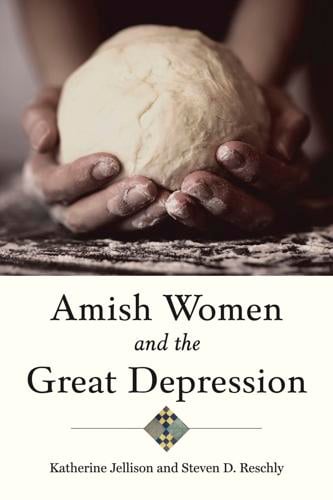A Works Progress Administration study conducted during the latter years of the Great Depression found that Lancaster County’s Old Order Amish comprised the most economically and culturally stable farming community in the nation.
That finding will not surprise anyone familiar with Amish society. Nor will the following example of thriftiness in an Old Order family.
A government agent found that one Lancaster Amish farm family comprising eight people owned three dozen brooms. The family raised their own broom corn and paid a broom maker to fashion brooms at 25 cents each. For a total investment of $9, the family had sufficient brooms to sweep for years.
Amish women used new brooms to sweep the farmhouse and its porches. When brooms began to turn a bit ragged, men, women and children used them to sweep the barn and outbuildings.
In this and many other ways, the Amish spent less than other agricultural families and thus ensured what we now call “sustainability’’ of the farm, not only during the Depression but over generations.
Katherine Jellison and Steven D. Reschly, authors of the new book “Amish Women and the Great Depression" (Johns Hopkins University Press), use other examples not only to illustrate how Amish communities fared better than others during the Depression but how Amish women played an integral role in that success.
The U.S. Bureau of Agricultural Economics based its most-stable-in-the-nation ranking largely on the federal government’s 1935-36 Study of Consumer Purchases. The authors have dissected that study.
They discovered the obvious reasons for the Amish community’s stability during tough times: All Amish family members participated in tasks on the farm, rather than hiring help or employing expensive machines. They made their own clothing and grew their own food. They spent almost nothing on recreation. And so on.
But the authors also found that women contributed as much as men to farming operations (not only by working inside and outside the home, but by producing more offspring/eventual farm laborers than the general population).
One of their most significant observations is that Amish help each other “harmoniously.’’ That is, men and women and boys and girls work together toward a common goal.
Moreover, the authors note, “While (Amish) rhetoric upheld the notion of a rigid patriarchal labor system in which men alone performed cash-making outdoor work, Amish families’ real-life labor and cash-earning experiences represented a different reality ...’’
This mutuality of effort was often masked by the designation of Amish men as “farmers’’ and women as “helpers,’’ but the government study of the 1930s found Amish women often did more than their share of work on the farm.
The book’s last quotation, from Lydia Stoltzfus, an Amish woman interviewed at length by a Study of Consumer Purchases agent, sums up how women in the religious sect worked during a time when many other Americans had rough rows to hoe.
“Yes, we struggled some during the Depression,’’ she said, “But we worked hard. ... On our farm, I did whatever needed to be done. I stripped tobacco. I mixed donuts (sic). I papered the house. Whatever needed to be done, I did it.’’
What Stoltzfus took for granted, the authors conclude, was what Amish history and religious beliefs had prepared the Amish for for generations — “to embrace the practices and mindset necessary to farm successfully when confronted with harsh economic conditions.’’
Jack Brubaker, retired from the LNP staff, writes “The Scribbler’’ column every Sunday. He welcomes comments and contributions at scribblerlnp@gmail.com.





